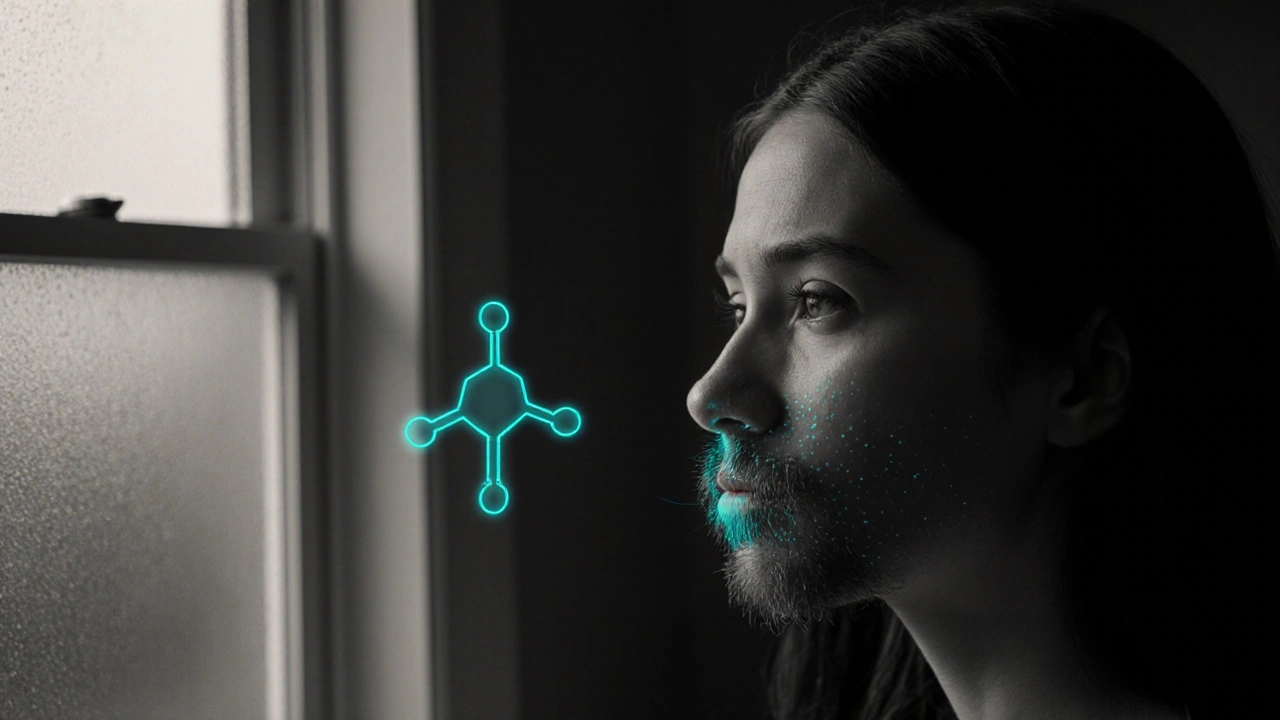PCOS: Understanding the Syndrome, Symptoms, and Treatment Options
When working with PCOS, a common endocrine disorder that affects people assigned female at birth, characterized by enlarged ovaries with multiple cysts and hormonal imbalances. Also known as Polycystic Ovary Syndrome, it often shows up as irregular periods, excess facial hair, and acne. The condition doesn’t just stay in the ovaries; it ripples through metabolism, mood, and overall health. Recognizing the pattern early can cut down on frustration and help you choose the right care path.
Key factors that shape PCOS
One major player behind the scenes is insulin resistance, the reduced ability of cells to respond to insulin, leading to higher blood sugar and increased insulin levels. This metabolic glitch fuels weight gain and can worsen ovarian function, creating a feedback loop that deepens the syndrome. Another core element is androgen excess, elevated male hormones that cause hirsutism, acne, and scalp thinning. And let’s not forget hormonal imbalance, the disruption of the normal estrogen‑progesterone cycle that drives irregular menstruation and anovulatory cycles. Together, these factors push the body toward metabolic syndrome, raise the risk of type‑2 diabetes, and make getting pregnant tougher. The good news is that each factor offers a point of intervention – diet changes lower insulin spikes, medications can curb androgen levels, and lifestyle tweaks help reset the hormonal rhythm.
Because PCOS touches so many aspects of health, treatment is rarely one‑size‑fits‑all. A typical plan might start with nutrition counseling to reduce refined carbs and improve insulin sensitivity, followed by a low‑dose oral contraceptive to regulate periods and lower androgen production. For those focused on fertility, options like letrozole or metformin can stimulate ovulation, while assisted reproductive technologies provide backup when needed. Exercise, stress management, and regular monitoring of blood sugar and lipid panels round out a comprehensive approach. By tackling insulin resistance, androgen excess, and hormonal imbalance together, most people see improvements in menstrual regularity, skin health, and chances of conception. Below you’ll find a curated set of articles that dive deeper into each of these pieces, from drug comparisons to lifestyle tips, giving you actionable insights to manage PCOS effectively.
Hirsutism & Birth Control: Essential Guide for Women
Learn how different birth control methods affect hirsutism, which options lower androgen levels, side effects to watch for, and a step‑by‑step plan for women seeking relief.
Keep Reading
